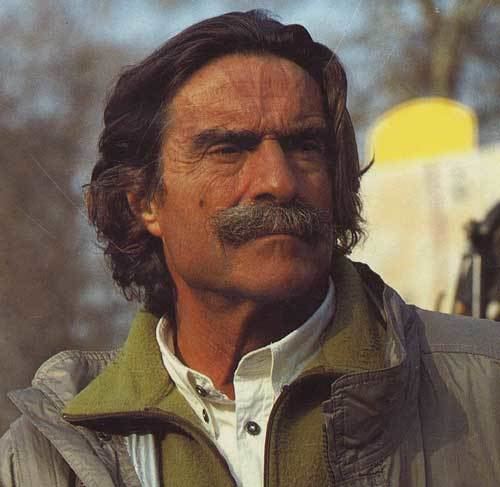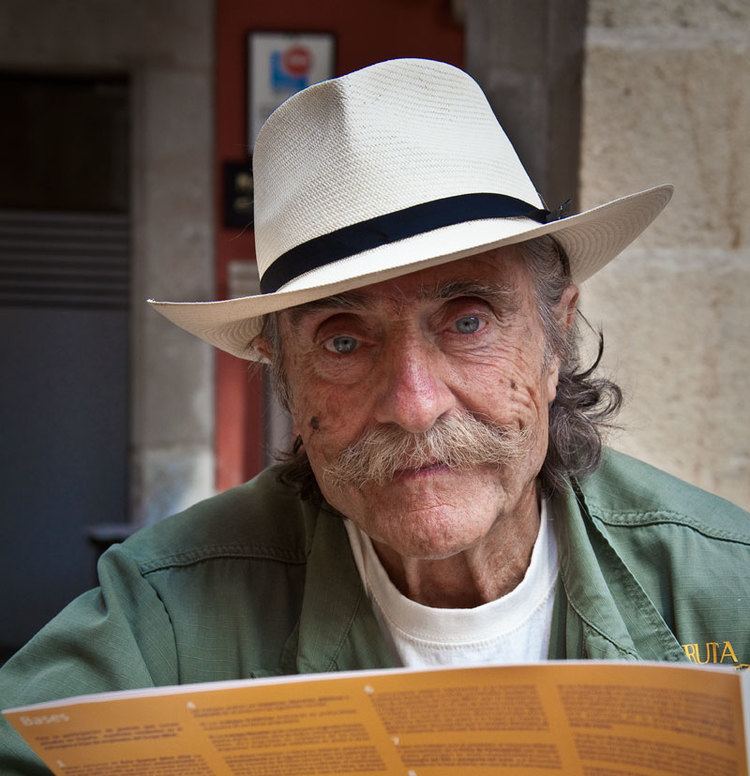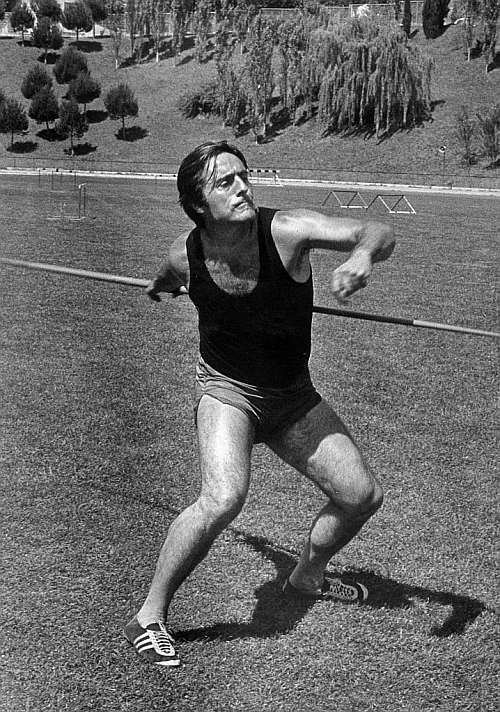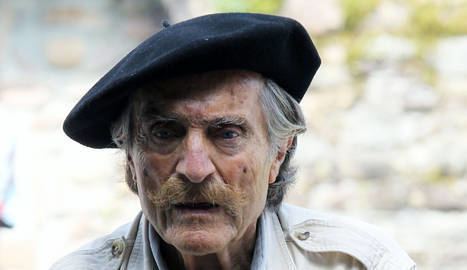Name Miguel la | Role Reporter | |
 | ||
Parents Estanislao de la Quadra Salcedo, Maria Gayarre Similar People Isabel Tenaille, Tomas de la Quadra‑Salcedo, Cesar Perez de Tudela, Veronica Mengod | ||
Miguel de la quadra salcedo pionero del reporterismo
Miguel de la Quadra-Salcedo y Gayarre (30 April 1932 – 20 May 2016) was a Spanish reporter and Olympic athlete. He was the director and founder of cultural program Aventura 92 (Adventures 92), nowadays named as Ruta Quetzal BBVA. Although he was born in Madrid, he was always recognized as Basque-Navarre.
Contents
- Miguel de la quadra salcedo pionero del reporterismo
- Muchachada nui 3x07 presentado por miguel de la quadra salcedo
- Early beginnings as a successful athlete
- First steps in the journalism world
- Works as a TVE Reporter
- Ruta Quetzal
- TV career
- Awards
- Shot Put
- Discus Throw
- Hammer Throw
- International
- Personal Bests
- References
Muchachada nui 3x07 presentado por miguel de la quadra salcedo
Early beginnings as a successful athlete

Miguel de la Quadra-Salcedo was born in Madrid on 30 April 1932. When he was a child, he went to live with his family in Pamplona, where he studied to be an agricultural expert and stood out as a great athlete. In the mid 50s Miguel and the pitcher of the Basque Bar, Félix Erausquin invented how to adapt that instrument to throw the javelin. In the manner of the disk or hammer, pitcher turns on itself before throwing. After much training, Miguel de la Quadra-Salcedo presented the "Spanish style" of throwing the javelin. The effectiveness was that high that in 1956 added 20 meters to the world record, which at the time was around 80. However, the record was never approved by the IAAF (International Association of Athletics Federations). It thought that launch was too dangerous for the public because during the rotation the javelin tip was focused to them.

He was nine times champion of Spain in the javelin, hammer and discus, being able to compete in the 1960 Rome Olympics and world record javelin with original art-based launch of the Basque-bar was not approved by the international federation. Between 1961 and 1963 he worked for the Colombian government as ethnobotany in the Amazon region.
First steps in the journalism world

Later he became a reporter for TVE staff, where would cover wars such as the Congo, Vietnam, Eritrea and Mozambique and events such as the death of Che Guevara (1967) or the Pinochet coup in Chile (1973). Salvador Allende, Pablo Neruda, Indira Gandhi, Haile Selassie, Norodom Sihanouk, Yassir Arafat and the Dalai Lama are among the personalities interviewed by him in his time as a reporter. He subsequently participated in programs such as' The Spanish news' (with Félix Rodríguez de la Fuente and César Pérez de Tudela) and 'Adventure 92' (known in its current form as 'Ruta Quetzal'), consisting of the youth exchange students from Spain and Latin America to promote mutual understanding between the two sides of the Atlantic. Another program that he worked for was 'A Treasure Hunt', presented by Isabel Tenaille, which was traveling by helicopter somewhere in the world by following the instructions a contestant who was in the studio in Madrid.
Works as a TVE Reporter
When he retired from sport, he started in the journalism field. He became one of the most recognized national TV characters. He was one of the great reporters of RTVE during the 60s, 70s and 80s. During the African wars in the 60s, he was condemned to the death penalty because of the filming of 300 prisoners in Congo. He covered the coup d’etat against Allende. He covered the Vietnam war. He lived with natives in the Amazonia. He worked with Manu Leguineche, Jesús González Green, César Pérez de Tudela, Félix Rodríguez de la Fuente. Nowadays, Miguel de la Quadra-Salcedo leads Ruta Quetzal.
Ruta Quetzal
New Generations know him as a television character, always traveling the world or as a captain of Ruta Quetzal. The Ruta Quetzal was created suggested by the King of Spain in 1989, with the aim of strengthening the Latin American Community of Nations in the young people between 16 and 17 years old among all Spanish-speaking countries. For 15 years, 7,000 young Europeans and Americans have had the opportunity to discover different cultures as the old Mediterranean civilizations or pre-Columbian cultures.
It is a journey of about one month and a half which is divided in two stages: an American and a Spanish itinerary. Approximately 350 young people from 50 countries study the history, geography and culture of the countries they explore by visiting historical places and participating in conferences that take place during the trip. The members of the expedition live together, share tents and coexist, sometimes in uncomfortable conditions, trying to create an environment of support and respect amongst each other. Since 1979 the route has covered more than 20 countries: Brazil, Peru, Ecuador, Venezuela, Bolivia, Mexico, Guatemala, Dominican Republic, Paraguay, Honduras and Costa Rica.
Until 1992 the program was called Adventure 92 to commemorate the centenary of the discovery of America. Since 1993 the program is named Ruta Quetzal. The project is sponsored by the King of Spain, Juan Carlos I and it was declared in 1990 of universal interest by the UNESCO. Besides purely academic activities they are also workshops on new technologies, computer, television, journalism, photography, astronomy, diving, marine science, music and other subjects, as well as talks and discussion sessions on "Development Cooperation".
